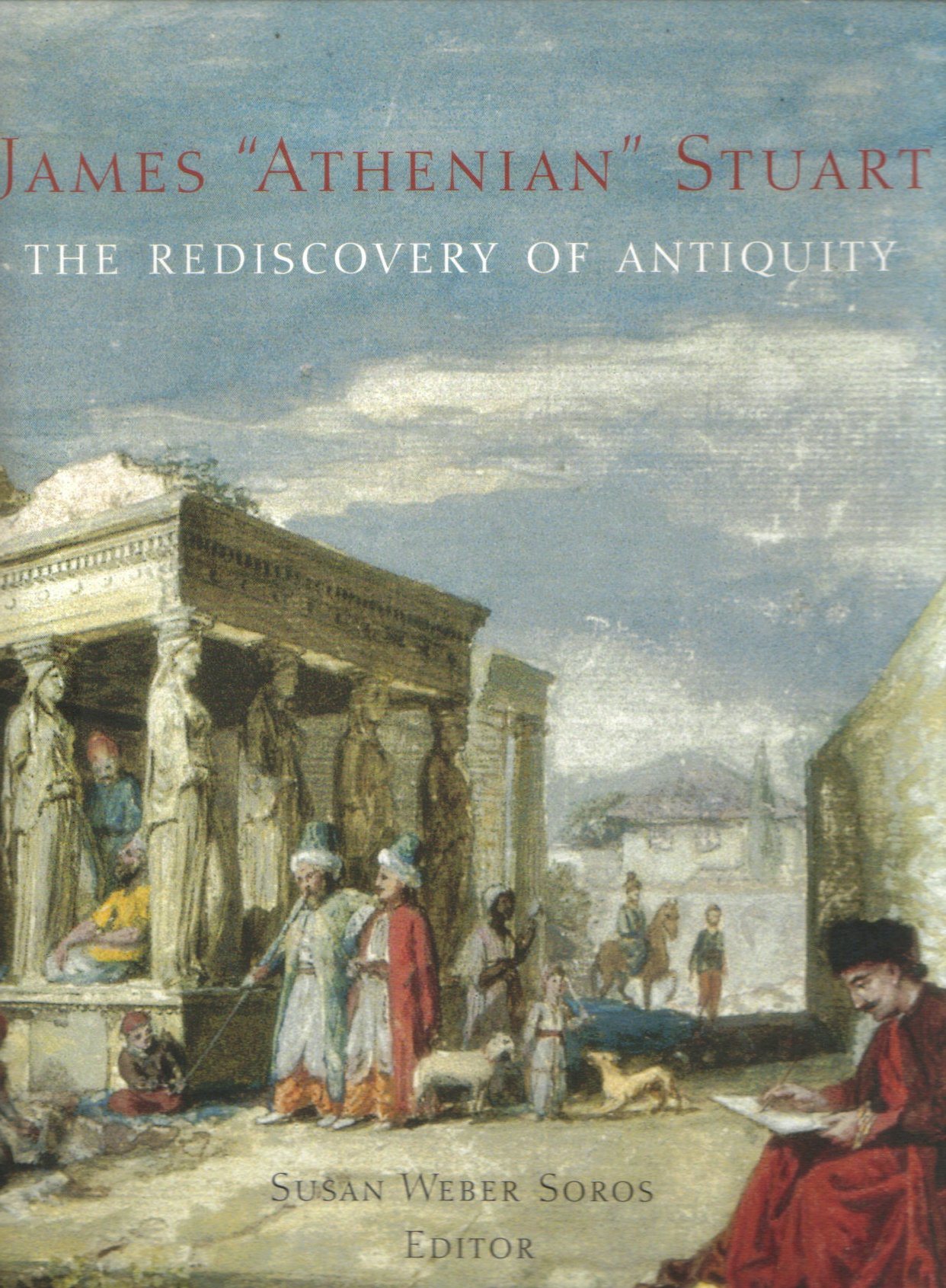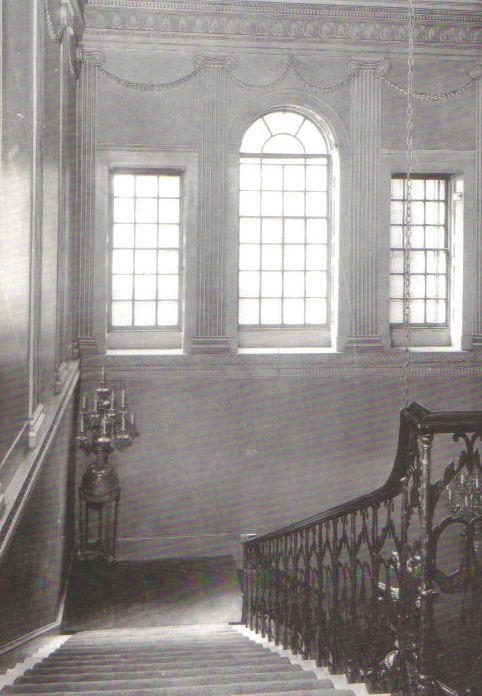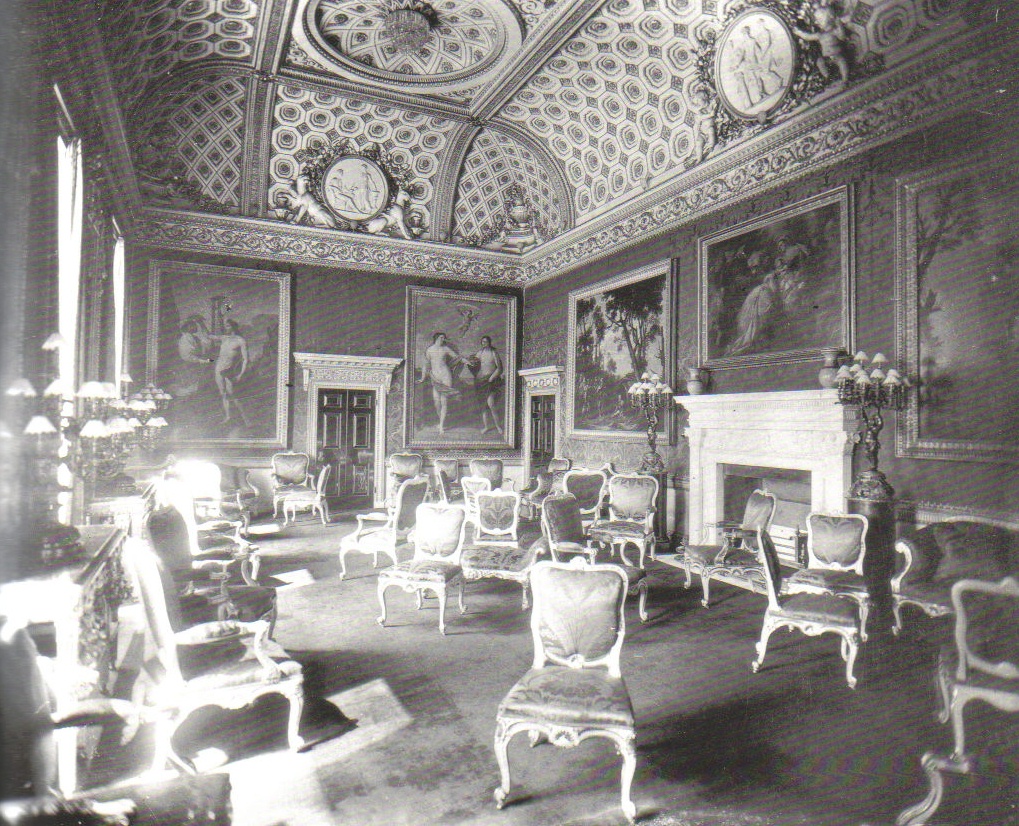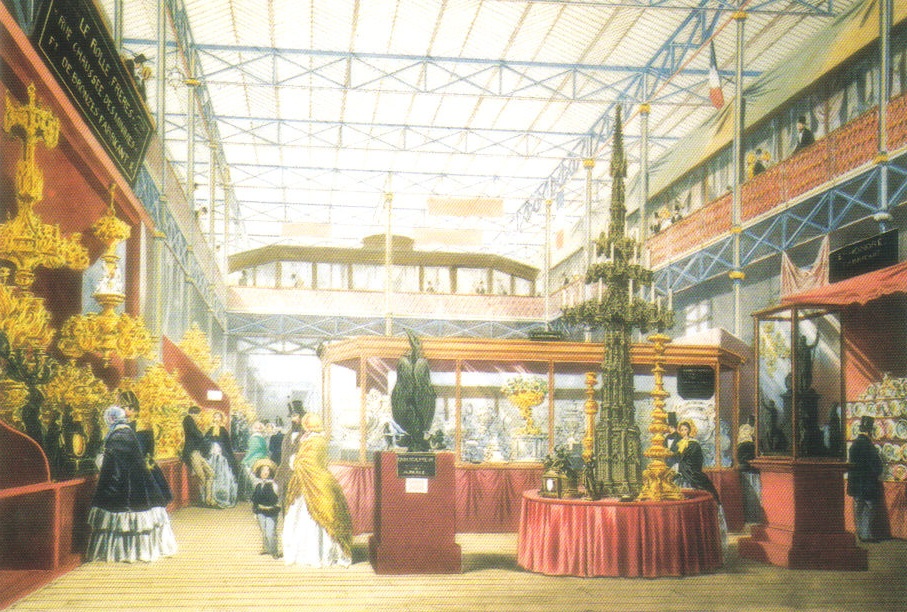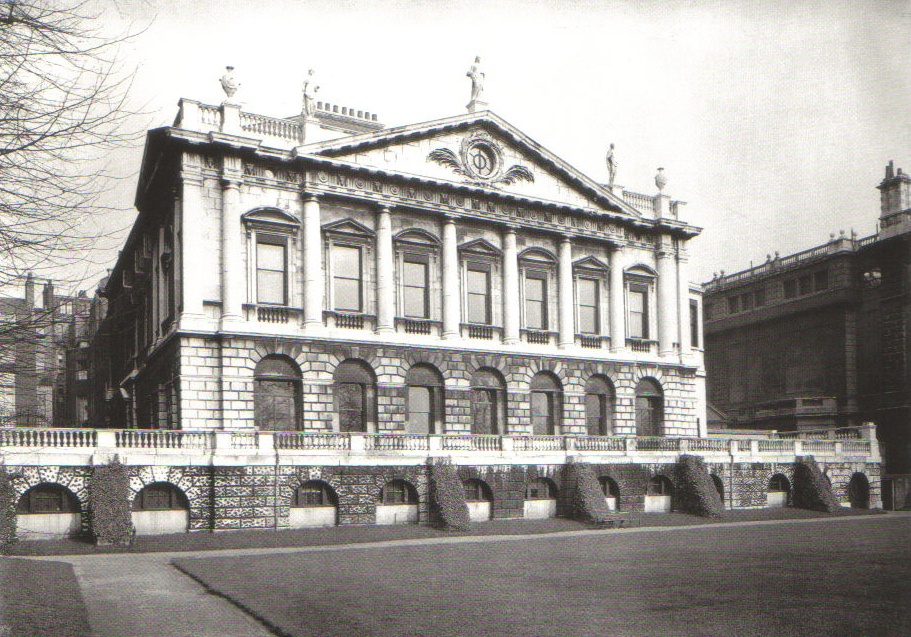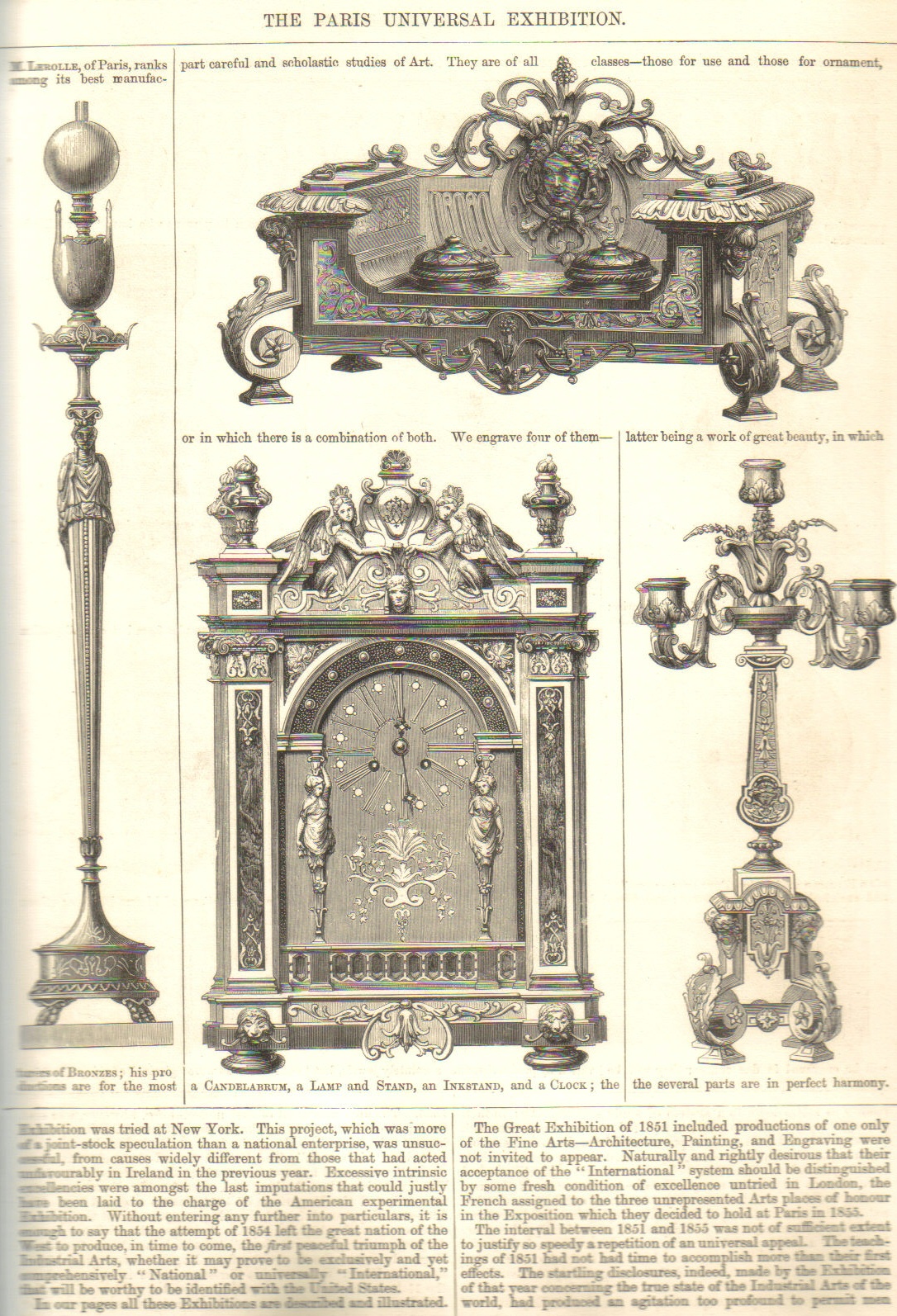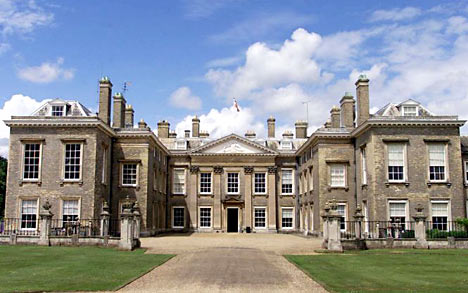Provenance
Acquired by Frederick, 4th Earl Spencer
Spencer House, London, 1850-1926
Althorp House, Northamptonshire, 1926-2010
Literature
Albert Edward John, 7th Earl Spencer (1892-1975), Althorp, Furniture, vol. II, circa 1937
S. Weber Soros, ed., James 'Athenian' Stuart: The Rediscovery of Antiquity, 2006, pp. 430-1, figs. 10-23 and 10-24, and p.443, fig. 10-47
Lerolle Frères was one of the leading bronziers in Paris in the second half of the 19th century and exhibited regularly at the London and Paris Exhibitions. The firm was also recognised further afield and had one of the larger foreign stands at the New York Exhibition of 1853. The firm’s reputation was confirmed by the exemplary comments received at the 1867 exhibition, for example: ‘M. Lerolle of Paris, ranks among its best manufacturers of bronzes; his productions are for the most part careful and scholastic studies of Art. They are all classes - those for use and those for ornament, or in which there is a combination of both. We engrave [illustrate] four of them - ... work of great beauty...a candelabrum, a lamp and stand, an inkstand, and a clock; the several parts are in perfect harmony.’ At the Paris Exhibition in 1878 they were referred to in glowing terms: ‘.. the time-honoured firm of Lerolles, a firm that has long taken high-rank among the bronze-masters of Paris. It has had a descent of four generations, and seems to progress in the fine artistic characteristics of its special style. The designs are by first-class artists, while modeling, moulding, and chiselling and finish are combined with the skill that arises from long and continued experience.’
According to the 7th Earl Spencer’s notes in Althorp, Furniture, vol. II, three candelabra were initially commissioned by the 4th Earl Spencer from Lerolle in Paris in 1850 to be made for the staircase at Spencer House, where they stood on James Stuart’s giltwood pedestals. Soon after, another pair was ordered for the pier tables in the Great Room. When the 7th Earl gave up Spencer House in 1926, the whole set was transported to Althorp, where four were installed on the newel posts of the Great Staircase in the Saloon. These four candelabra include two from the initial bill and two from the second order.
Born in 1798, Frederick, 4th Earl Spencer, was educated at Eton College from 1808 to 1811. He joined the Royal Navy as an officer cadet and eventually rose to the rank of Captain in 1822. Frederick was awarded medals and honours from several European countries for his duties, serving in the Napoleonic Wars and in the Greek War of Independence. His honours included Knight of the Order of St Louis of France (1828), the Order of St Anne of Russia (1828) and the Order of the Redeemer of Greece (1828). Following his retirement from the Navy, he became Whig MP for Worcestershire (1831-1832) and Midhurst (1832-1834 and 1837-1841). He was later an equerry in the household of the Duchess of Kent (Queen Victoria’s mother) from 1840 to 1845.
From its conception, Spencer House was recognised as one of the most ambitious aristocratic town houses ever built in London. Today it is London’s only great 18th-century private palace to survive intact. Spencer House was conceived as a showcase of classical design but it was intended purely for pleasure, and a festive theme runs through the decoration of many of the state rooms which were used for family gatherings and receptions. John Spencer, 1st Earl Spencer, and his wife, were prominent figures in London society, and during their lifetime Spencer House was the setting for lavish entertaining. Their descendants, notably the 4th and 6th Earls (both of whom in their time served as Lord Chamberlain of the Royal Household), continued this tradition. These four candelabra purchased by Frederick, 4th Earl Spencer, would have served as grand statement pieces appropriate to their lifestyle.
With regard to these candelabra, the 7th Earl Spencer noted in Althorp, Furniture, ‘Two stood on the Ball Room Pier Tables, and three on Stuart’s gilt-wood stands in the Rubens Room. Lerolle frères, Rue de la Chausée des minimes, no. 1. Paris, le 20 juin 1850, vendu à Lord Spencer 3 Torchères pour angles de salon en bronze verni or moulu au prix £25 la pièce....£75.’ Two of the candelabra were positioned on the pier tables in the Great Room at Spencer House, which endorses their significance, for some of the major pieces of art in the Spencer collection were displayed in this most prestigious room in Spencer House.












